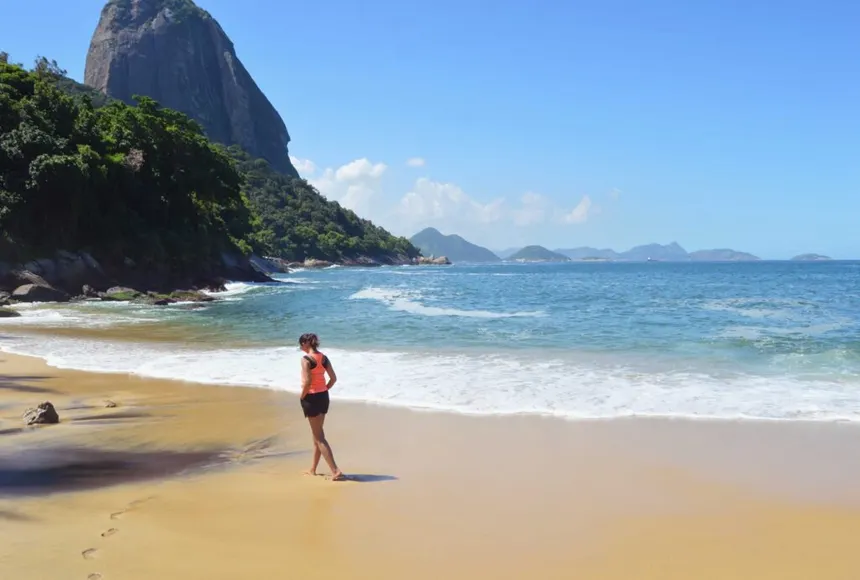The Rise of Slow Travel
In recent years, the “slow travel” movement has gained momentum, reshaping the tourism industry. Unlike traditional tourism, which focuses on fast-paced itineraries and checklist-style sightseeing, slow-travel encourages travelers to take their time, immerse themselves in local cultures, and explore destinations at a leisurely pace. This shift is driven by changing traveler preferences, sustainability concerns, and a desire for deeper connections with places and people.

What is Slow Travel?
Slow-travel is a travel philosophy that prioritizes experience over speed. Instead of rushing from one tourist attraction to another, travelers engage in extended stays, cultural immersion, and sustainable tourism practices. Key elements of slow travel include:
- Longer stays in fewer destinations – Spending more time in a single location to understand its culture and lifestyle.
- Emphasizing quality over quantity – Avoiding overpacked itineraries and instead focusing on meaningful experiences.
- Sustainable and eco-friendly choices – Opting for local accommodations, public transportation, and low-impact activities.
- Deeper cultural interactions – Engaging with locals, trying authentic cuisine, and participating in local traditions.
The Growing Popularity of Slow-Travel
1. Post-Pandemic Travel Behavior
The COVID-19 pandemic changed how people approach travel. Many tourists now prioritize wellness, flexibility, and purpose-driven trips over rushed sightseeing.
- Increased remote work opportunities allow travelers to stay longer in destinations.
- Health-conscious travelers prefer stress-free vacations instead of hectic itineraries.
- People seek meaningful travel experiences over traditional tourism packages.

2. Sustainability and Environmental Impact
As concerns about climate change grow, travelers are becoming more eco-conscious. Slow travel aligns with sustainable tourism goals by:
- Reducing carbon footprints through minimal flights and slow transportation methods.
- Supporting local businesses instead of large, tourist-driven corporations.
- Encouraging eco-friendly accommodations such as homestays, hostels, and sustainable resorts.
3. Rise of Digital Nomadism
The digital revolution has enabled remote work, making it easier for people to embrace slow travel. Digital nomads and remote workers now choose to:
- Stay in one location for weeks or months while working online.
- Experience a deeper cultural connection while maintaining their careers.
- Live more affordably by choosing destinations with lower costs of living.
How Slow Travel is Changing the Tourism Industry
1. Shift in Travel Preferences
Tourists are moving away from high-speed, over-touristed destinations in favor of lesser-known, off-the-beaten-path locations. Popular slow travel destinations include:
- European villages – Tuscany, Provence, and the Spanish countryside offer relaxed, scenic experiences.
- Southeast Asia – Bali, Vietnam, and Thailand attract long-term travelers with affordable living and rich cultures.
- Latin America – Mexico, Colombia, and Costa Rica are becoming digital nomad hubs with sustainable tourism options.

2. Growth of Local Tourism
The slow travel movement benefits local economies as travelers invest more in small businesses, local markets, and family-owned accommodations. This has led to:
- Increased demand for homestays, boutique hotels, and Airbnbs.
- Growth in local tour guides, artisan experiences, and cultural workshops.
- Strengthened local economies as tourists contribute directly to community businesses.
3. Rise of Alternative Transportation
With slow travel, transportation choices are shifting from air travel to more eco-friendly options:
- Train travel is making a comeback – European and Asian high-speed rail networks are attracting slow travelers.
- Biking and walking tours are increasing – Cities are improving infrastructure for pedestrians and cyclists.
- Cruise alternatives – Travelers opt for riverboats, ferries, and sailing experiences over large commercial cruises.
Challenges of Slow Travel
Despite its benefits, slow travel comes with challenges that travelers and industry professionals must address.
1. Accessibility and Affordability
- Some people cannot afford extended travel due to work and financial constraints.
- Visa restrictions can limit long-term stays in certain countries.
- Budget travelers must find cost-effective ways to sustain slow travel.
2. Changing Business Models for the Tourism Industry
- Tour operators, airlines, and travel agencies must adapt to new traveler preferences.
- Mass tourism destinations may see economic shifts as travelers choose smaller, local experiences.
- Hotels must focus on offering longer-stay packages instead of short-term bookings.
Future of Slow Travel
As the travel industry evolves, slow travel is expected to become a mainstream trend. Predictions for the future include:
- More remote work-friendly destinations – Countries may introduce digital nomad visas to attract long-term visitors.
- Sustainable travel incentives – Governments may promote eco-friendly tourism through policies and tax benefits.
- Rise in experiential tourism – Travelers will seek more personalized, immersive experiences instead of traditional package tours.
Conclusion
The slow travel movement is revolutionizing the tourism industry by encouraging mindful, meaningful, and sustainable travel. As more travelers embrace this trend, businesses and destinations must adapt to meet the demand for longer stays, cultural immersion, and eco-conscious tourism. Whether for remote workers, adventure seekers, or cultural enthusiasts, slow travel is shaping the future of tourism—one relaxed journey at a time.
The Psychology Behind Conspiracy Theories and Misinformation: Why Do People Believe in Lies?





